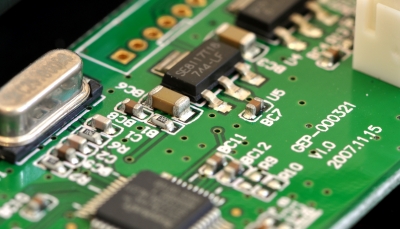Integrated Circuit Topologies (ICTs) are registered by The Office of the Registrar of Topographies in Canada. The Office of the Registrar of Topographies is part of CIPO, which is an agency of Industry Canada. CIPO deals with intellectual property (IP) rights, which includes patents, trademarks, copyrights and industrial designs. So, CIPO classifies ICTs as IPs. In general, IPs are classified as having legal rights to to ideas, inventions and creations in the industrial, scientific, literary and artistic fields. IPs are assets for the companies that own them and hence it is essential that they are protected.
Understanding ICT
The three-dimensional configurations of electronic circuits that are embedded in layout designs/circuit products are known as Integrated circuit topographies. ICTs are responsible for many of the breakthroughs in modern technology, which include communications, entertainment, manufacturing, medical and space technologies. Their use is so widespread that ICTs have become ubiquitous and can be found in ordinary household appliances, like washing machines, television, microwaves, etc. An important point to remember is that microchips (a form of integrated circuit) are referred to as integrated circuit products. The integrated circuit products available today are built using a series of complex layers of semiconductors along with metals, dielectrics (insulators) and other materials. These layers are placed on a substrate. The configuration on these layers are known as integrated circuit topography, and Canadian IP Acts protect against the copying of registered topographies. These Acts do not prevent other parties from developing integrated circuit products using other topographies, in order to provide the same or similar electronic functions.
How are ICTs protected?
The presence of integrated circuit technology has been growing in virtually every field. This has created a need to protect the innovations happening in Canada as well as outside Canada. The Integrated Circuit Topography Act, along with the Integrated Circuit Topography Regulations, came into existence on On May 1, 1993. The Act defines how and what protections are available for ICTs and the three-dimensional configurations of the materials that form integrated circuits. People from other countries are also protected under this act, provided their country makes such or similar protection available to Canadians.
Understanding what can be registered
A registered topography’s original design is protected by the Integrated Circuit Topography Act, irrespective of the fact whether it is represented in any integrated circuit or not. Topographies that only define part of a structure that is needed for performing an electronic function can also be registered. Topographies developed through intellectual effort are considered as original, while topographies that are just a reproduction of another topography are not. Pre-existing topographies that are commonly used by designers as well as integrated circuit product manufacturers are not protected by the Act.
The points above explain the nature of Integrated Circuit Topography Act. It is thus clear that they are definitely considered as IPs. To understand what laws govern the Integrated Circuit Topography Act in Canada and how you can utilise these laws to protect your intellectual property in greater detail, get in touch with Prowse Chowne. Our efficient team of lawyers will help you out and will provide you with relevant information.

